|
|
|
|
|
| |
Quality general dental care with an emphasis on natural esthetics, form and function. Experience with complex restorative, prosthetic and implant treatment.
----------------------------------------------------------------------------------------
Tooth Colored Fillings:
Tooth colored fillings, also referred to as “Composite” fillings are directly placed fillings that are shaded to match the surrounding tooth and are bonded into the tooth using dentin adhesives.
Dental composite resins are types of synthetic resins which are used in dentistry as restorative material or adhesives. Synthetic resins evolved as restorative materials since they were insoluble, aesthetic, and insensitive to dehydration and were inexpensive. It is easy to manipulate them as well. Composite resins are most commonly composed of Bis-GMA monomers or some Bis-GMA analog, a filler material such as silica and in most current applications, a photoinitiator. Dimethacrylates are also commonly added to achieve certain physical properties such as flowability. Further tailoring of physical properties is achieved by formulating unique concentrations of each constituent. Unlike Amalgam which essentially just fills a hole, composite cavity restorations when used with dentin and enamel bonding techniques restore the tooth back to near its original physical integrity by bonding (“gluing”) the tooth together.
Initially, composite restorations in dentistry were very prone to leakage and breakage due to weak compressive strength. In the 1990s and 2000s, composites were greatly improved and are said to have a compressive strength sufficient for use in posterior teeth. Today's composite resins have low polymerization shrinkage and low coefficients of thermal shrinkage, which allows them to be placed in bulk while maintaining good adaptation to cavity walls. The placement of composite requires meticulous attention to procedure or it may fail prematurely. The tooth must be kept perfectly dry during placement or the resin will likely fail to adhere to the tooth. Composites are placed while still in a soft, dough-like state, but when exposed to light of a certain blue wavelength; they polymerize and harden into the solid filling. A properly placed composite is comfortable, aesthetically pleasing, strong and durable, and could last 10 years or more.
Composition
As with other composite materials, a dental composite typically consists of a resin-based oligomer matrix, such as a bisphenol A-glycidyl methacrylate (BISGMA) or urethane dimethacrylate (UDMA), and an inorganic filler such as silicon dioxide (silica). Compositions vary widely, with proprietary mixes of resins forming the matrix, as well as engineered filler glasses and glass ceramics. The filler gives the composite wear resistance and translucency. A coupling agent such as silane is used to enhance the bond between these two components. An initiator package (such as: camphorquinone (CQ), phenylpropanedione (PPD) or lucirin (TPO)) begins the polymerization reaction of the resins when external energy (light/heat, etc.) is applied. A catalyst package can control its speed.
Advantages
The main advantage of a direct dental composite over traditional materials such as amalgam (silver fillings) is improved esthetics. Composites can be made in a wide range of tooth colors allowing near invisible restoration of teeth. Composites are glued into teeth and this strengthens the tooth's structure. The discovery of acid etching (producing enamel irregularities ranging from 5-30 micrometers in depth) of teeth to allow a micromechanical bond to the tooth allows good adhesion of the restoration to the tooth. This means that unlike silver filling there is no need for the dentist to create retentive features destroying healthy tooth. The acid-etch adhesion prevents microleakage; however, all white fillings will eventually leak slightly. Very high bond strengths to tooth structure, both enamel and dentin, can be achieved with the current generation of dentin bonding agents.
Direct dental composites are placed by the dentist in a clinical setting. Polymerization is accomplished typically with a handheld curing light that emits specific wavelengths keyed to the initiator and catalyst packages involved. When using a curing light, remember that the light should be held as close to the resin surface as possible, a shield should be placed between the light tip and the operator's eyes, and that curing time should be increased for darker resin shades. Light cured resins provide denser restorations than self-cured resins because no mixing is required that might introduce air bubble porosity.
Direct dental composites can be used for:
- Filling missing tooth structure in the anterior or posterior teeth
- Replacement of silver fillings for improved esthetics
- Repair of cervical lesions caused by decay or abfractions
- Filling gaps (diastemas) between teeth using a shell-like veneer
- Minor reshaping of teeth
- Repair of worn tooth structure
- Repair of worn crown facings and exposed margins
- Splinting loose teeth
Anterior Direct Composite Restorations
Case 1:
Repair of fractured tooth and replacement of defective old filling on the lateral incisor.
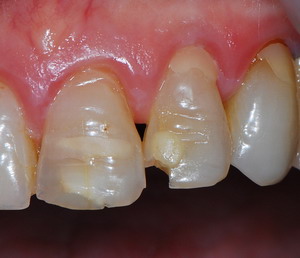
Before
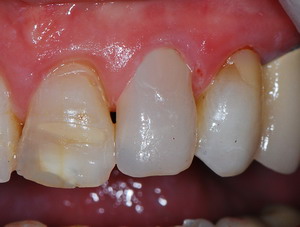
After
Case 2:
Repair of decay and wear of the lower anterior teeth with direct bonded composite.
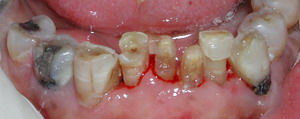
Before
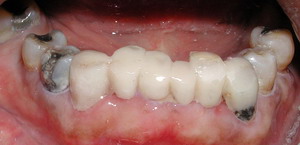
After
Direct bonding of upper anterior teeth to correct short teeth.
Case 1:
Patient was unhappy with her short worn teeth with gummy smile. Gum tissue was trimmed to lengthen the teeth and eliminate the gummy smile, which was followed by direct bonding to improve the esthetics.
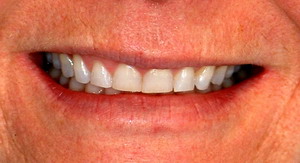
Before
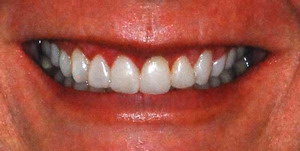
After
Closure of the “black holes” between the teeth and splinting the loose anterior teeth using direct bonded composite with Ribbond reinforcement.
Case 1:
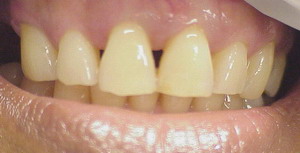
Before
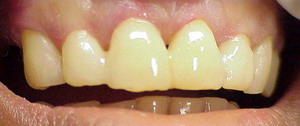
After
Replacement of a defective silver (amalgam) filling with a direct bonded composite filling.
Case 1:

Before
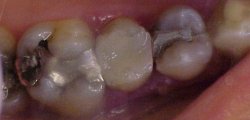
After
Case 2:

Before
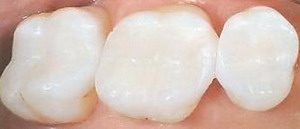
After
Case 3:
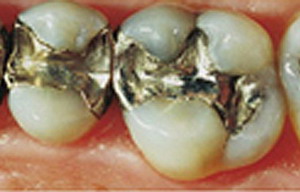
Before
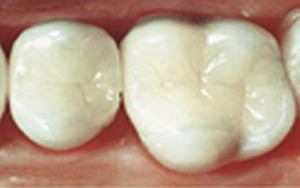
After
Case 4:
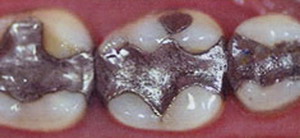
Before
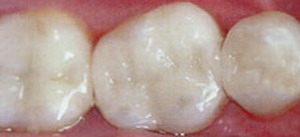
After
Repair of wedge shaped abfraction lesions at the cervical of the premolars and molar using direct bonded composite.
Case 1:
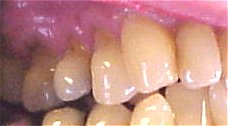
Before
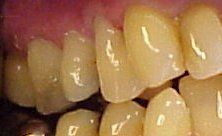
After
Repair of worn acrylic facing on an old crown.
Case 1:
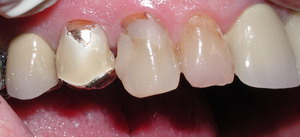
Before
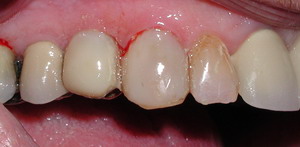
After
Case 2:

Before
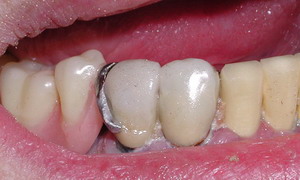
After
Case 3:
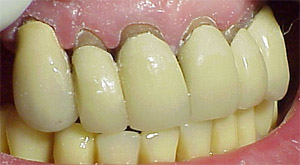
Before

After
Implant Cosmetic Dental Center™
----------------------------------------------------------------------------------------
Dr. Gregori M. Kurtzman is an international lecturer, selected as one of the top 100 dental speakers since 2006 by Dentistry Today, author of over 200 professional articles, a consultant to multiple dental manufacturers for product evaluation, development and research, he provides general dental care in suburban Maryland since 1986.
|
|
|
|
|
|
|
|
|